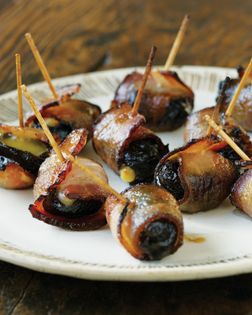Advertisement

Preparation info
- Serves
4
- Difficulty
Medium
Appears in
Published 2010
If you’ve ever had an image of what an eastern European restaurant should look like, no doubt Dacho (pronounced Da-ko) will match it: It’s cavernous but cozy, with wreathes of dried red peppers and tables draped with colorful cloths. Every square inch of the walls is covered with Serbian handicrafts, painted crockery, weavings, and wall hangings. It looks, in short, like a rustic farmhouse picked up from the Serbian countryside and plunked down in a gritty working-class suburb of Belgrade.


